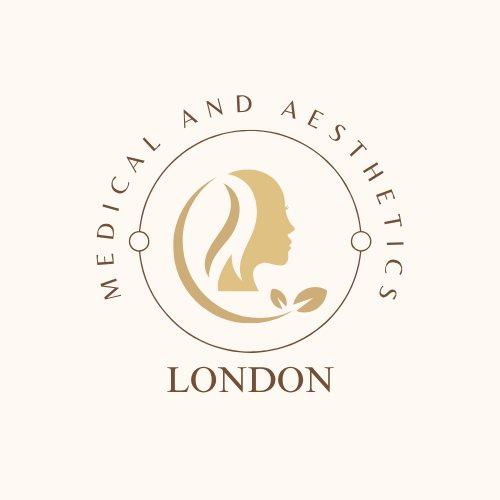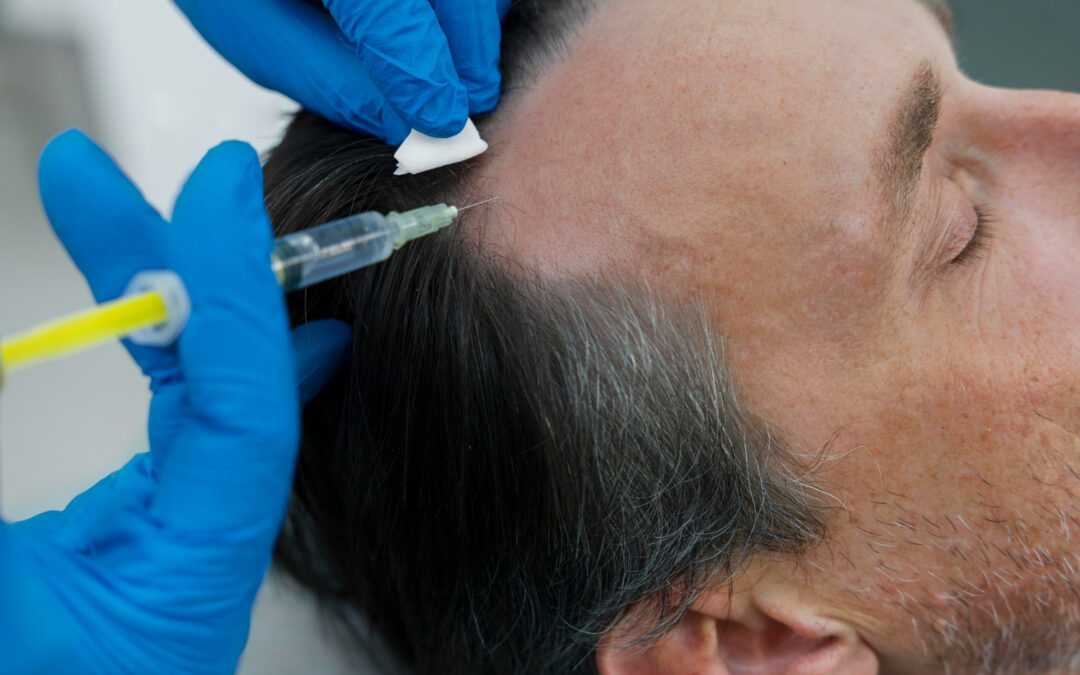Platelet-Rich Plasma (PRP) therapy involves using a patient’s own blood, which is processed to concentrate platelets. These platelets contain growth factors that are believed to help in healing and tissue regeneration. PRP treatment has gained popularity in various fields like orthopedics, dermatology, and aesthetics for conditions such as:
- Orthopedic injuries: Tendon, ligament, and muscle injuries.
- Aesthetic purposes: Facial rejuvenation, hair restoration, and reducing wrinkles.
- Healing post-surgery: To speed up recovery.
History of PRP:
Origin: The origins of PRP therapy date back to the 1970s when it was initially developed for use in transfusion medicine. PRP itself became a recognized therapeutic tool in the 1980s when it was first used in an open-heart surgery procedure.First experiment: The first major medical use of PRP in clinical settings was conducted in the 1980s by doctors seeking better healing outcomes in cardiac surgery patients. This marked the start of PRP’s potential in regenerative medicine.Popularity rise: PRP gained popularity in the 2000s with its introduction into sports medicine, thanks to high-profile athletes seeking faster recovery from injuries. Later, it became a common treatment in aesthetics and dermatology.
Detailed Overview of PRP (Platelet-Rich Plasma) Treatment:
PRP Composition:
PRP is made from the patient’s own blood. The process involves drawing a small amount of blood, which is then spun in a centrifuge to separate the components: red blood cells, white blood cells, and plasma. Platelet-rich plasma is a fraction of plasma that has a higher concentration of platelets than normal. These platelets contain bioactive proteins and growth factors like:
- PDGF (Platelet-Derived Growth Factor)
- TGF (Transforming Growth Factor)
- VEGF (Vascular Endothelial Growth Factor)
These growth factors stimulate cell proliferation, tissue repair, and healing.
Historical Milestones of PRP:
1970s – Development of PRP:
PRP was first developed in the 1970s, mainly as a byproduct of research in transfusion medicine, aimed at improving healing outcomes for patients undergoing various treatments, particularly surgeries.
1987 – First Use in Cardiac Surgery:
In 1987, Dr. F. Robert Marx used PRP during an open-heart surgery at Miami Valley Hospital, which is recognized as the first major clinical use of PRP. This began the integration of PRP into surgical practices, where its healing potential was explored for wound healing.
1990s – Expansion to Dentistry:
In the 1990s, PRP became increasingly used in oral and maxillofacial surgery, especially in dental implantology and bone grafting. PRP demonstrated faster healing and better tissue regeneration, making it popular in this specialty.
2000s – Sports Medicine:
High-profile athletes popularized PRP treatment for sports injuries. Athletes like Tiger Woods and Rafael Nadal received PRP treatments for muscle and tendon injuries. As a result, PRP gained mainstream attention in orthopedics and sports medicine for injuries like:
- Tendinitis
- Ligament injuries
- Chronic joint issues
2006-2010 – Rise in Cosmetic and Aesthetic Use:
PRP entered the field of aesthetics with treatments such as the “Vampire Facial” (popularized by celebrities like Kim Kardashian) and hair restoration. It became widely used for skin rejuvenation, improving the appearance of wrinkles, and treating hair thinning by stimulating follicles.
Key Applications of PRP:
Orthopedics: For joint pain, muscle injuries, tendinitis, and arthritis.Dermatology & Aesthetics: Used in hair restoration, facial rejuvenation, acne scar treatment, and stretch marks reduction.Dentistry: Enhances healing in periodontal and implant procedures.Surgery: Assists in post-operative healing, especially in plastic and reconstructive surgery.
How PRP Works:
The concentrated growth factors in PRP stimulate natural healing mechanisms by promoting:
- Cell regeneration
- Collagen production
- New tissue formation
It has a minimally invasive procedure profile and fewer side effects since it uses the patient’s own blood, minimizing the risk of allergic reactions or infections.
Ongoing Research:
Research continues on the effectiveness of PRP across various treatments. While some studies show significant benefits, especially in hair restoration and sports medicine, more conclusive evidence is needed in some areas like chronic pain management and cosmetic enhancements.
PRP’s future could see its integration with stem cell therapy and other advanced regenerative medicine techniques.

